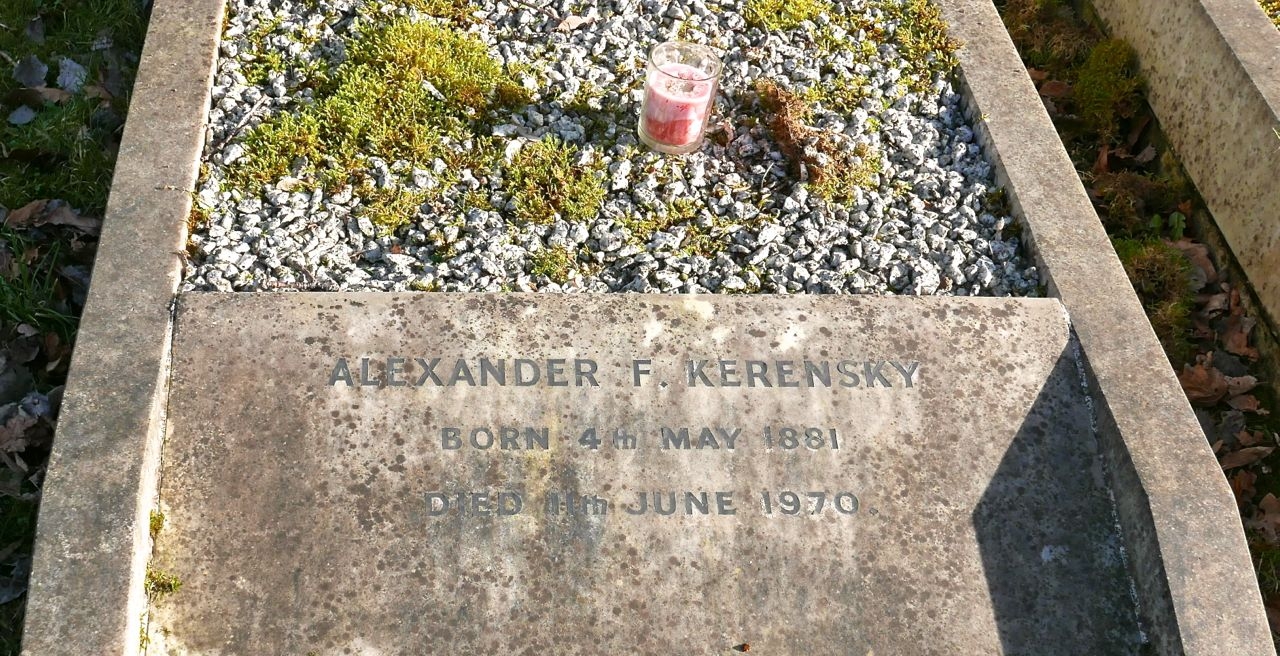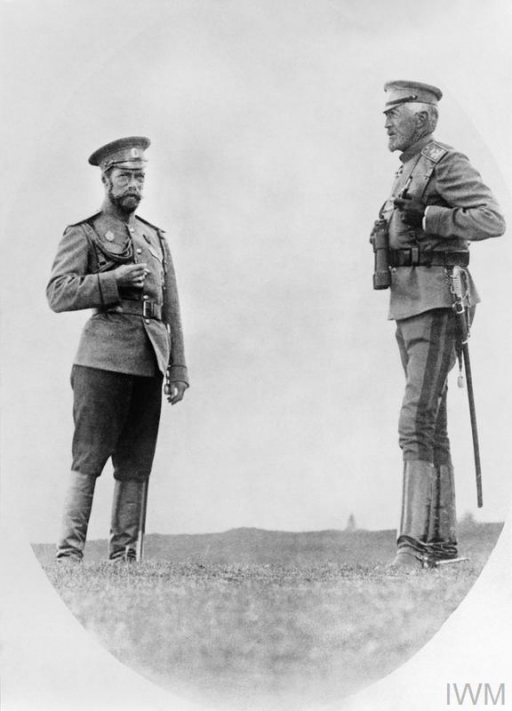Nicholas II of Russia was the first of Europe’s imperial rulers to fall during the Great War, forced out by a week of mass protests in the capital, Petrograd.
The Tsar’s abdication on 15 March 1917 ended 300 years of rule by the Romanov dynasty, setting in train events that culminated in the Bolsheviks’ seizure of power before the year was out.
Simmering discontent over wartime hardships erupted into the Petrograd uprising known as the ‘February Revolution’, so-called because Russia still used the old-style Julian calendar.
Crowds demanding bread on International Women’s Day were soon joined by tens of thousands of workers from the city’s industrial districts.
Petrograd was paralysed by looting and strikes. Nicholas II’s fate was sealed when mutinous soldiers joined the protestors.
After a week of unrest, the autocratic Tsar was persuaded to abdicate. His brother, Grand Duke Michael, refused to accept the throne.
 Alexander Kerensky, successively War Minister and leader of Russia’s Provisional Government, died in exile in New York in 1970. He’s buried at Putney Vale Cemetery in London (Photo: Centenary News)
Alexander Kerensky, successively War Minister and leader of Russia’s Provisional Government, died in exile in New York in 1970. He’s buried at Putney Vale Cemetery in London (Photo: Centenary News)
A provisional government was formed. But it had to work in uneasy partnership with the Petrograd Soviet (council) of workers and soldiers whose writ extended to the army.
And in April, the Bolshevik leader, Lenin, arrived back in Russia. Denouncing the Provisional Government, he called for a socialist revolution and an end to the war.
Germany had facilitated Lenin’s return from exile in Western Europe, allowing him to cross its territory in a sealed train.
Winston Churchill subsequently remarked that he’d been transported ‘like a plague bacillus from Switzerland into Russia.’
Russia stayed in the First World War for a few more months. Alexander Kerensky, the Provisional Government’s War Minister, launched its last, ill-fated, offensive against the Central Powers in the summer of 1917.
The Bolsheviks overthrew Kerensky’s administration in the ‘October Revolution’ of that year (November in the new-style calendar), taking Russia out of the war and eventually ushering in a new state, the Soviet Union.
Nicholas II and his family, who’d been kept under house arrest, were killed by revolutionaries in July 1918 as civil war engulfed the last Tsar’s dominions. They were reburied in St Petersburg (as Petrograd/Leningrad is again called) and canonised after the collapse of communism.
Sources: Wikipedia/various
Images courtesy of Imperial War Museums © IWM Q 52794 (Tsar Nicholas archive photo);
Posted by: CN Editorial Team
